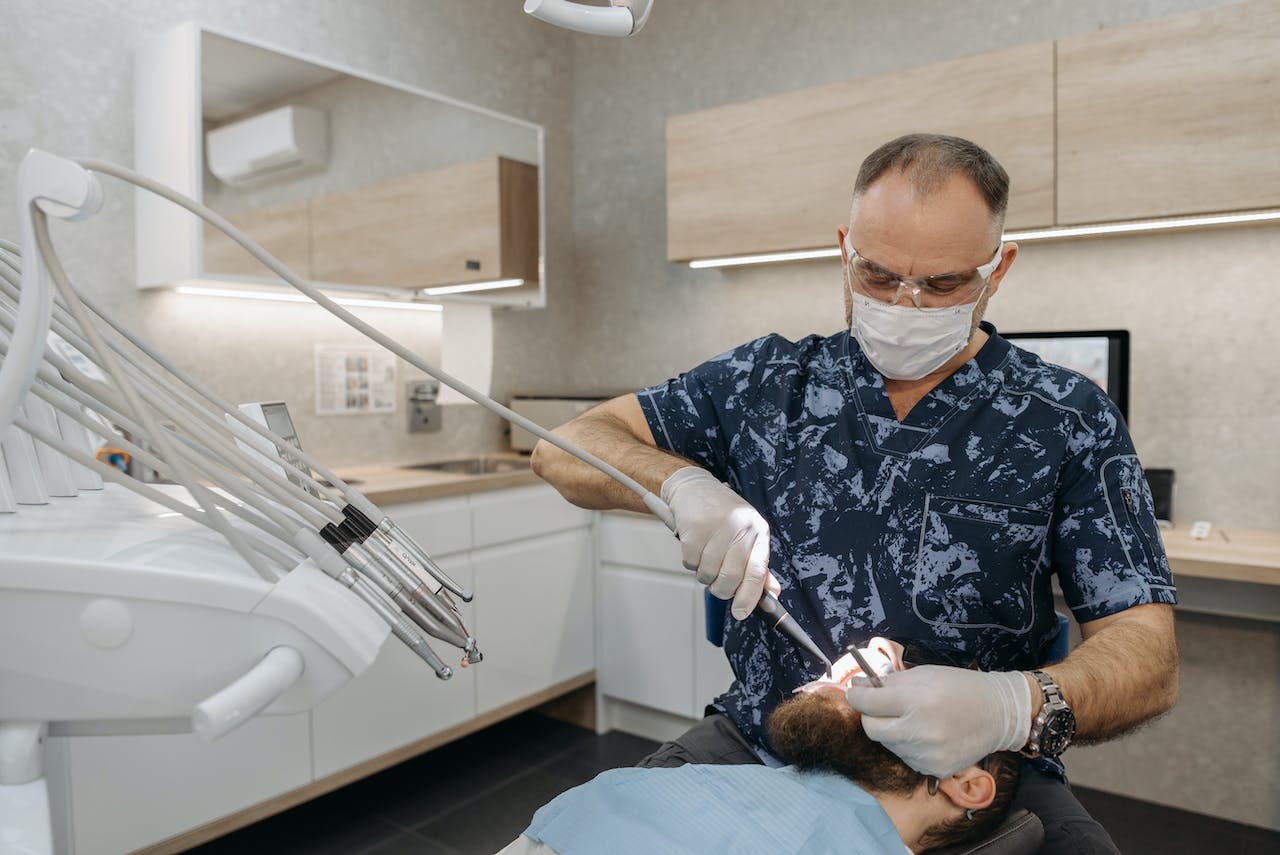Dentistry, a crucial aspect of healthcare, has evolved dramatically from its early roots to the sophisticated practices we know today. This journey is not just a tale of medical progress but also a reflection of our changing understanding of health and wellness.
The story of dentistry begins in the ancient civilizations, notably around 7000 BC with the Indus Valley Civilization. Archaeological findings reveal that these early people attempted to treat tooth decay using rudimentary tools like bow drills. These tools, initially crafted for woodworking, were adapted for dental use, marking a significant early effort in oral health care. This period demonstrates the innate human desire to manage and alleviate dental pain, laying the foundation for future dental practices.
Cultural Beliefs and Dental Practices
By 5000 BC, dental practices were heavily influenced by prevailing cultural beliefs. In ancient Sumer, for example, the prevalent belief was that tooth worms caused dental decay and pain. This myth led to a variety of misguided treatments, including the painful and erroneous removal of tooth nerves, mistaken for these mythical worms. This era highlights how early dental practices were a mix of emerging medical understanding and deep-rooted superstitions.
Laying the Foundations of Dental Science
The advancement of dentistry took a significant leap forward in ancient Greece. Influential figures like Hippocrates and Aristotle wrote extensively on dental care, advocating for methods to treat decayed teeth and perform tooth extractions. Their writings and teachings brought a scientific approach to dentistry, moving away from myth-based practices to more evidence-based treatments. This era marked a crucial turning point in the history of dentistry, setting the stage for a more systematic and empirical approach to dental care.
The Middle Ages witnessed an intriguing development in dental practices, with barbers performing the role of dental practitioners. Equipped with tools like the Dental Pelican and Dental Key, these barber-surgeons carried out tooth extractions, which were the primary method of treating dental problems at the time. Although these practices were rudimentary and focused more on symptom management rather than prevention, they represent an important phase in the evolution of dental care.
The period between the 17th and 18th centuries, known as the Renaissance of Dentistry, was significantly influenced by Pierre Fauchard, often called the Father of Modern Dentistry. Fauchard introduced groundbreaking concepts, such as dental fillings, and was among the first to understand and describe the destructive effects of sugar on teeth. His work laid the foundation for many modern dental practices and shifted the focus of dentistry towards more scientific and evidence-based methods.
The establishment of the Baltimore College of Dental Surgery in 1840 was a landmark event in the history of dentistry. As the first dental college, it signified the beginning of formalized dental education and practices. This institution played a crucial role in the standardization of dental care and led to the formation of the American Dental Association (ADA), which further professionalized the field and set standards for dental practice and education.
The Emergence of Toothpaste and Toothbrushes
The late 19th and early 20th centuries saw significant advancements in dental products. The mass production of toothpaste by Colgate in 1873 and toothbrushes by H.N. Wadsworth in 1885 marked a revolution in daily oral hygiene. The introduction of the first electric toothbrush in 1939 further transformed dental care, making effective oral hygiene more accessible to the general public.
Following World War II, there was a notable shift in dental hygiene practices in the United States. Soldiers returning from the war introduced enhanced dental routines, which led to widespread adoption of regular toothbrushing in the U.S. This period also saw a growing emphasis on both the health and cosmetic aspects of dental care, reflecting a broader societal shift towards valuing both oral health and aesthetics.
Modern Dentistry
Contemporary dentistry represents a sophisticated blend of art and science. Today’s dental practices offer a wide range of services, from preventive care and routine treatments to advanced cosmetic procedures. Technological advancements, such as digital imaging and x-rays in dentistry, along with new materials and techniques, have made dental treatments more effective, comfortable, and aesthetically pleasing.
Looking ahead, the field of dentistry is poised for further innovation with the advent of new technologies and treatments. Developments like 3D printing, advanced biomaterials, and minimally invasive techniques are set to redefine dental care, making it more efficient, patient-friendly, and effective.
Oral Health and Overall Well-being
Recent research has increasingly emphasized the importance of oral health in overall well-being. Studies have linked dental health with systemic conditions such as heart disease and diabetes, highlighting the integral role of oral health in overall physical health. This growing body of evidence is reshaping perceptions of dentistry and emphasizing its significance in maintaining general health.
A global overview of dental practices reveals a diverse array of approaches and treatments. From traditional remedies in various cultures to state-of-the-art technologies in modern clinics, the range of dental practices around the world contributes to a more comprehensive understanding of oral health and dental care.
The modern dental field is increasingly emphasizing preventive care, aiming to prevent dental issues before they arise. This proactive approach is evident in the growing focus on regular dental check-ups, patient education, and early intervention strategies.
Cosmetic dentistry has witnessed a surge in popularity in recent years, driven by advancements in techniques and materials. Procedures like teeth whitening, orthodontics, and veneers reflect the growing demand for aesthetic dental solutions, highlighting the intersection of dental care and personal appearance.
The Evolving Role of Dental Professionals
Today’s dental professionals play a multifaceted role that extends beyond treating patients. They are educators, public health advocates, and innovators in dental research and technology, contributing significantly to the continuous advancement of the field.
The history of dentistry is a narrative of relentless progress and adaptation. From its ancient origins to its current state, the field of dentistry has continually evolved, improving the lives of people around the world. As we reflect on its rich history and look ahead to its promising future, it is clear that dentistry will continue to advance, enhancing health, wellness, and quality of life for generations to come.




